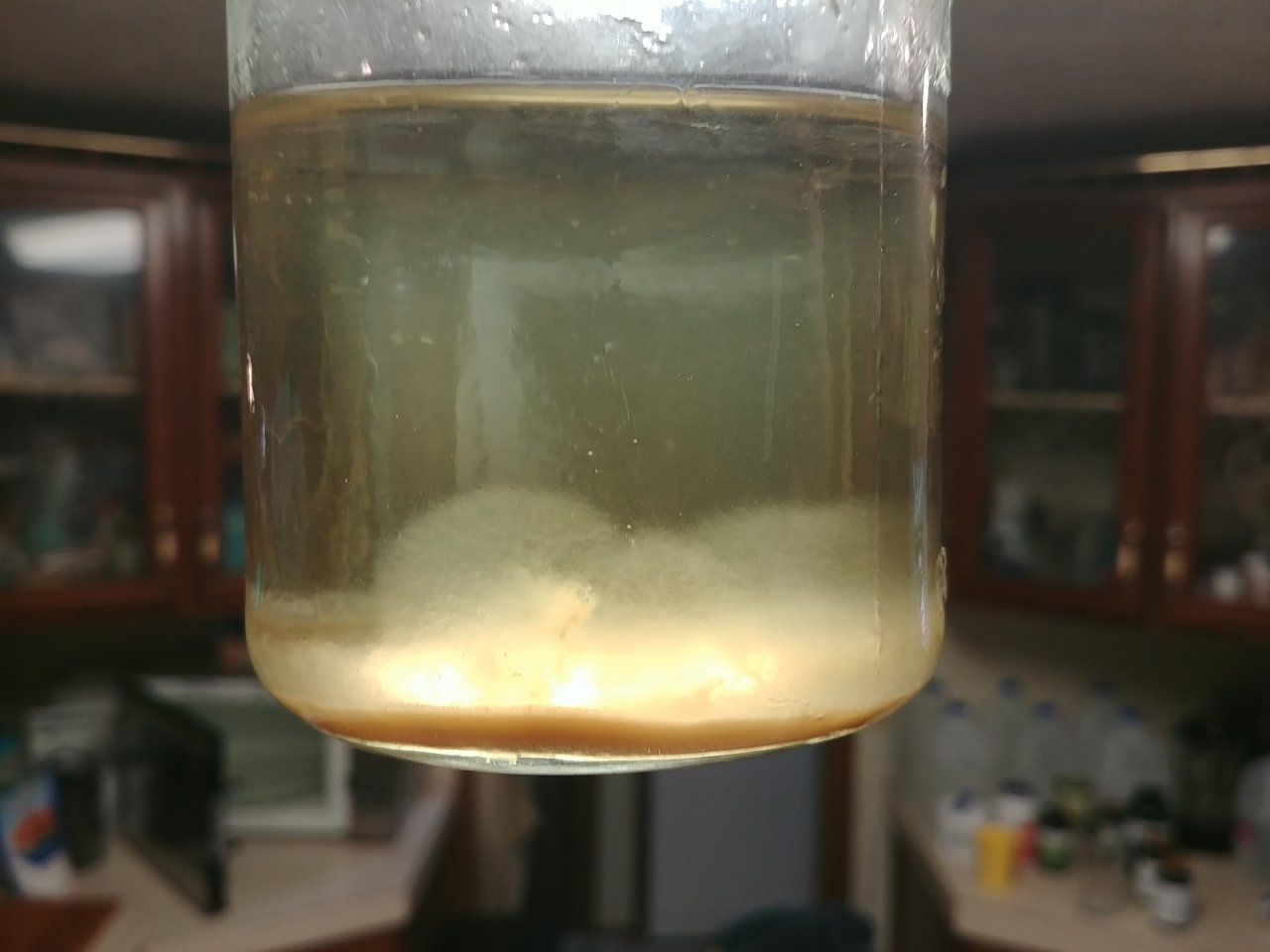We can continue until you stop spreading false information.
When you have recurrent contamination, it might seem like a pellicle is "normal", but assuredly it is not.
Source please.
Just post it here if it's a pellicle because it would belong in the infection thread.
I have spread zero false information and please do not call me a liar. That is markedly impolite.
No one said anything about recurrent contamination.
It isn't an infection, so it doesn't belong in this thread.
As far as sources: As a former university lecturer of physics, I have access to certain databases that most do not but:
Adam, A.C., Latorre‐García, L. and Polaina, J. (2004), Structural analysis of glucoamylase encoded by the
STA1 gene of
Saccharomyces cerevisiae (var.
diastaticus). Yeast, 21: 379-388. doi:
10.1002/yea.1102
Bumgarner SL, Dowell RD, Grisafi P, Gifford DK & Fink GR (2009) Toggle involving cis-interfering noncoding RNAs controls variegated gene expression in yeast. Proc Natl Acad Sci U S A 106: 18321- 18326.
Giaever G, Chu AM, Ni L, et al. (2002) Functional profiling of the Saccharomyces cerevisiae genome. Nature 418: 387-391.
Halme A, Bumgarner S, Styles C & Fink GR (2004) Genetic and epigenetic regulation of the FLO gene family generates cell-surface variation in yeast. Cell 116: 405-415.
Koschwanez JH, Foster KR & Murray AW (2011) Sucrose utilization in budding yeast as a model for the origin of undifferentiated multicellularity. PLoS Biol 9: e1001122.
Van Mulders, S.E., Ghequire, M., Daenen, L.
et al. Flocculation gene variability in industrial brewer’s yeast strains.
Appl Microbiol Biotechnol 88, 1321–1331 (2010).
https://doi.org/10.1007/s00253-010-2843-5
It's a difficult task to cross-reference the information, but I trust you will do so with the sources you can reference in my list of citations. They are all actually very deep reads and being a wild yeast enthusiast I think you will really love them.









































![Craft A Brew - Safale BE-256 Yeast - Fermentis - Belgian Ale Dry Yeast - For Belgian & Strong Ales - Ingredients for Home Brewing - Beer Making Supplies - [3 Pack]](https://m.media-amazon.com/images/I/51bcKEwQmWL._SL500_.jpg)


















